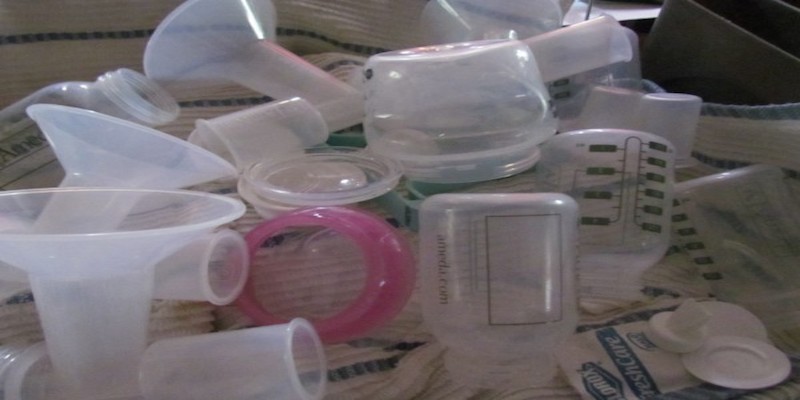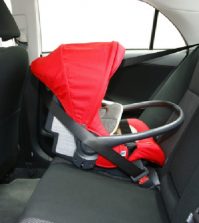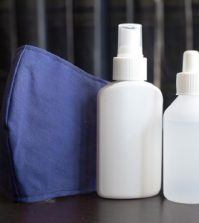- Study Says Most Parents Don’t Use Car Seats In Ride Share Vehicles Like Uber
- This 12-Year-Old Boy Is A Sophomore Aerospace Engineering Major!
- Fire Safety Experts Warn Of Hand Sanitizer Danger After A Mom and Kids Escape House Fire
- Recall Alert: Peaches May Be The Cause Of Salmonella Outbreak, 68 People Ill
- Summer Vacation In The Days Of COVID: Tips To Stay Safe
- How To Safely Grocery Shop During The Coronavirus Pandemic
- Michigan Teen With Vape-Related Illness Undergoes Double Lung Transplant
- Teen Kicks Off Anti-Vaping Campaign From Hospital Bed
- Teenager Receives Life Sentence For Strangling Sister To Death Over A Wi-Fi Password
- Toddler Falls To Death From 11th Deck of Cruise Ship
CDC Releases Safety Guidelines For Breast Pump Use And Keeping Milk Sterile


The Centres for Disease Control and Prevention has just released a report on the safety guidelines of using a breast pump and keeping milk sterile.
The report comes following the death of a baby who passed away from a deadly infection which was caused by an unclean breast pump part.
The CDC says the infant developed “seizures…cerebral palsy and global developmental delay” from the infection.
The report suggested that the mother had soaked the breast pump parts in a soapy water basin and then letting them air-dry. The water apparently was the perfect breeding ground for bad bacteria, which resulted in contaminating the breast pump parts.
“The mother reported typically soaking the collection kit from her personal breast pump in soapy water in a wash basin for five hours, without scrubbing or sanitising. She then rinsed, air-dried, and stored the kit in a plastic zip-top bag until the next use.”
The new CDC guidelines for breast pump hygiene include the following, before every use:
- Wash hands with soap and water.
- Inspect and assemble clean pump kit. If your tubing is mouldy, discard and replace immediately.
- Clean pump dials, power switch, and counter top with disinfectant wipes, especially if using a shared pump.
After every use:
- Store milk safely. Cap milk collection bottle or seal milk collection bag, label with date and time, and immediately place in a refrigerator, freezer, or cooler bag with ice packs.
- Clean pumping area, especially if using a shared pump. Clean the dials, power switch, and counter top with disinfectant wipes.
- Take apart breast pump tubing and separate all parts that come in contact with breast/breast milk.
- Rinse breast pump parts that come into contact with breast/breast milk by holding under running water to remove remaining milk.
- Do not place parts in sink to rinse.
- Clean pump parts that come into contact with breast/breast milk as soon as possible after pumping.
For additional safety and protection, the CDC also recommends sanitising as a final step.
“Sanitise pump parts, wash basin, and bottle brush at least once daily after they have been cleaned,” they say. “Items can be sanitised using steam, boiling water, or a dishwasher with a sanitise setting. Sanitising is especially important if your baby is less than 3 months old, was born prematurely, or has a weakened immune system due to illness or medical treatment.”
The CDC notes that infections such as these are extremely rare however, it’s always best to be aware of the possible dangers.









0 comments